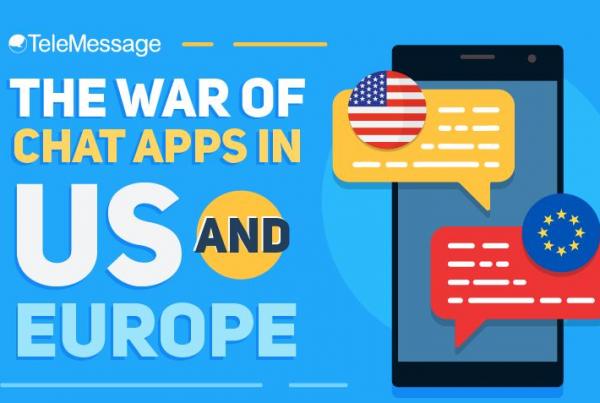Can you imagine a reality in which all communications and transactions are conducted via message?
New data solidifies that indeed messaging apps are the future of communication, while email is effectively dying among younger users.
According to a report from App Annie, users aged 13 to 24 spend more than 3.5 times overall usage time in messaging apps than those over 45 years old. Older users still default to apps that replicate desktop functions, like email and web browsers.
Older users (45+) who did not grow up with smartphones have a propensity to use smaller computers. And if they are spending time on their smartphones, the same users spend a higher share of their time on the top five mobile web browsers than any other age group.
On the other hand, those aged 13 to 24 are more than four times more likely to use messaging apps than email on their devices. This is why companies like Facebook and WhatsApp are working harder than ever before to become leaders in this space by integrating business-to-consumer communications, e-commerce, product discovery, and chat bots with their messaging platforms.
The trend suggests that messaging apps are becoming more than just alternatives to texting, but transforming into entry portal to the internet as a whole. Even more so than web browsers, or social media networks.
The report also shows that younger users are the largest consumers of video streaming services on their phones, with time spent in the top streaming apps double that of those aged 45+.
When it comes to mobile shopping, however, it’s those aged 24-44 who spent the most time on the top retail mobile apps.
In short, as these young users get older, and mobile-first technologies continue to proliferate the market, messaging apps will become more and more important.




